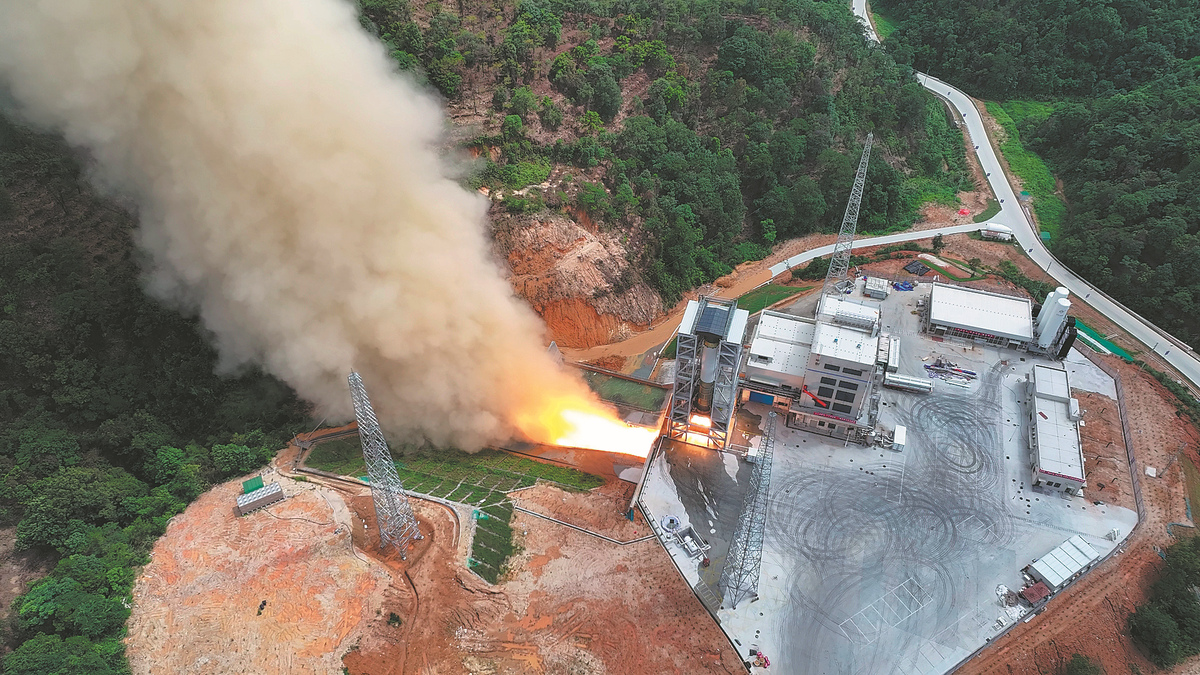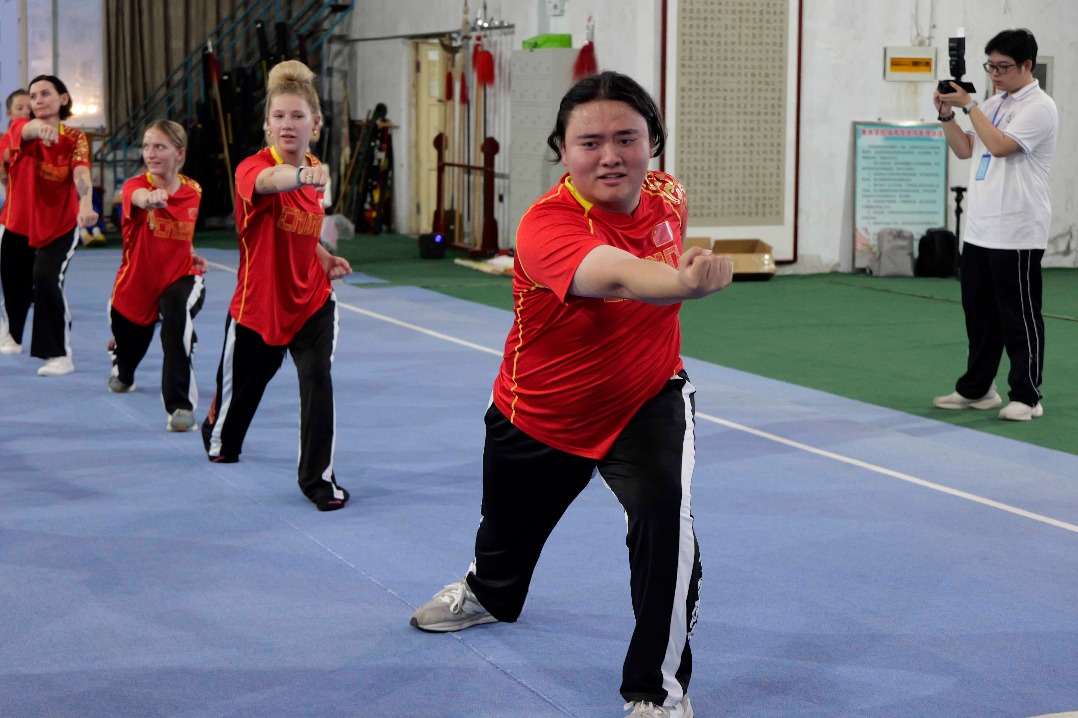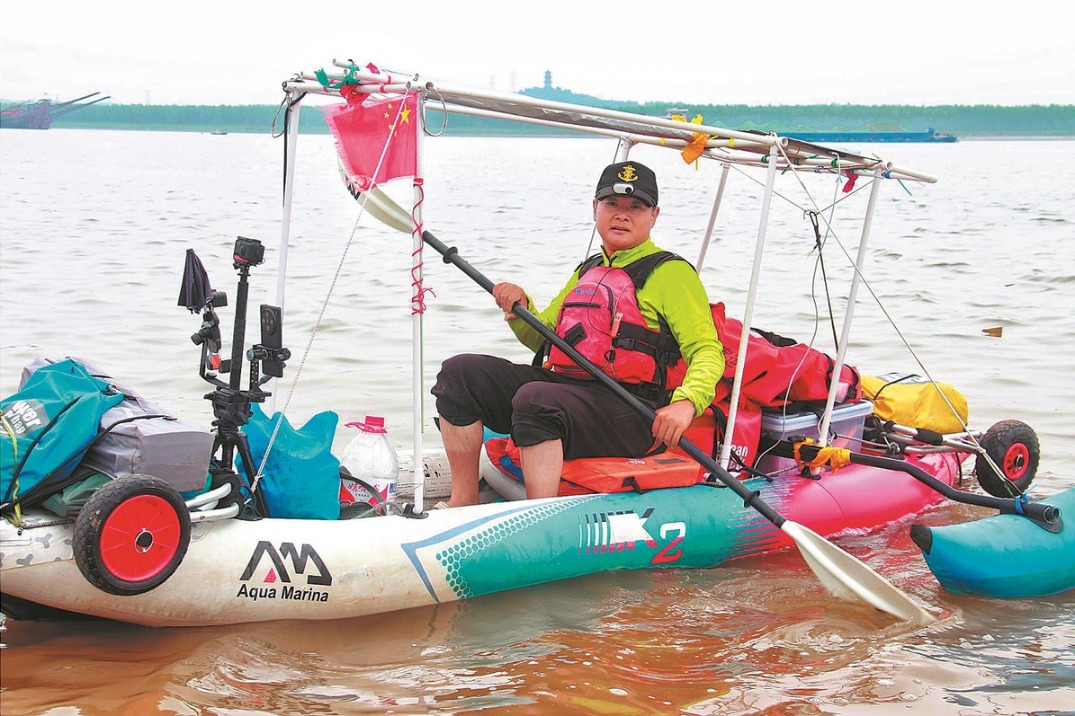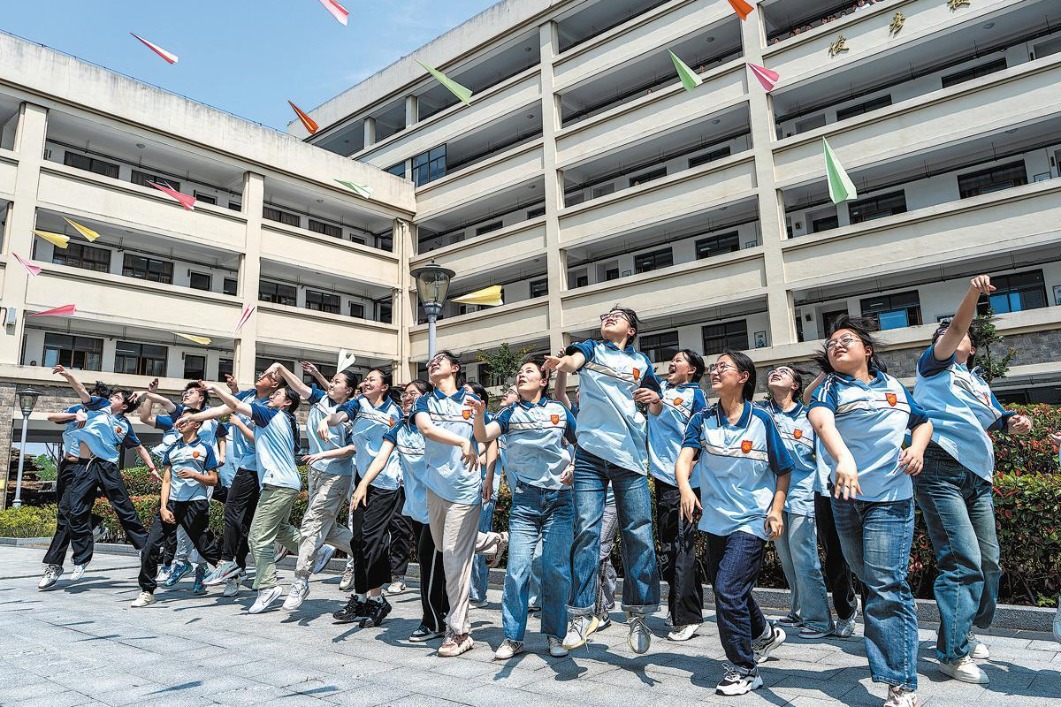New rocket engine test shows promising results


A major ground test key to the research and development of CAS Space's new carrier rocket model, Kinetica 2, was conducted on Wednesday, providing satisfactory results to its designers and engineers.
CAS Space, a Beijing-based rocket maker, owned by the Chinese Academy of Sciences, made the announcement on Thursday.
The test took place at CAS Space's liquid-fueled engine testing complex in a mountainous suburb of Guangzhou, capital of Guangdong province, running several powerful engines.
During the test, capabilities of the engines' main components and their compatibility were demonstrated. The engines worked as long as they were programmed to and produced enough thrust, providing satisfactory results to designers and engineers, according to the rocket company.
The model of these engines will be used on the first stage of the Kinetica 2's core booster to lift the colossal rocket off its launch pad and push it into outer space.
CAS Space pointed out that the test also marked the completion and first operation of the engine testing complex, which is capable of servicing engine types with thrust of up to 400 metric tons. The facility can also test reusable engines, it added.
In addition, construction work of a new technical preparations facility and a Kinetica 2 launch pad is scheduled for completion in the near future at the Jiuquan Satellite Launch Center. Their service will extensively improve CAS Space's prelaunch preparations and mission support capacity, it said.
The Kinetica 2 is a medium-lift, liquid fuel rocket and the second launch vehicle developed by CAS Space, following the Kinetica 1.
The 52-meter model will consist of a multistage core booster, which has a diameter of 3.35 meters, and two side boosters. Its liftoff weight will be 625 metric tons, with a maximum thrust of 766 tons.
The rocket will be able to transport spacecraft with a combined weight of eight tons to a typical sun-synchronous orbit at an altitude of 500 kilometers or 12 tons to a low-Earth orbit.
CAS Space plans to conduct the new type's maiden flight in September, and that will also become the debut flight of a new low-cost cargo vessel named Qingzhou, or Light Ship, which will sit on top of the rocket.
The cargo vessel is being built by the Shanghai-based Innovation Academy for Microsatellites of the Chinese Academy of Sciences, and will be used by the China Manned Space Agency to ferry necessities between Earth and the country's Tiangong space station.





































